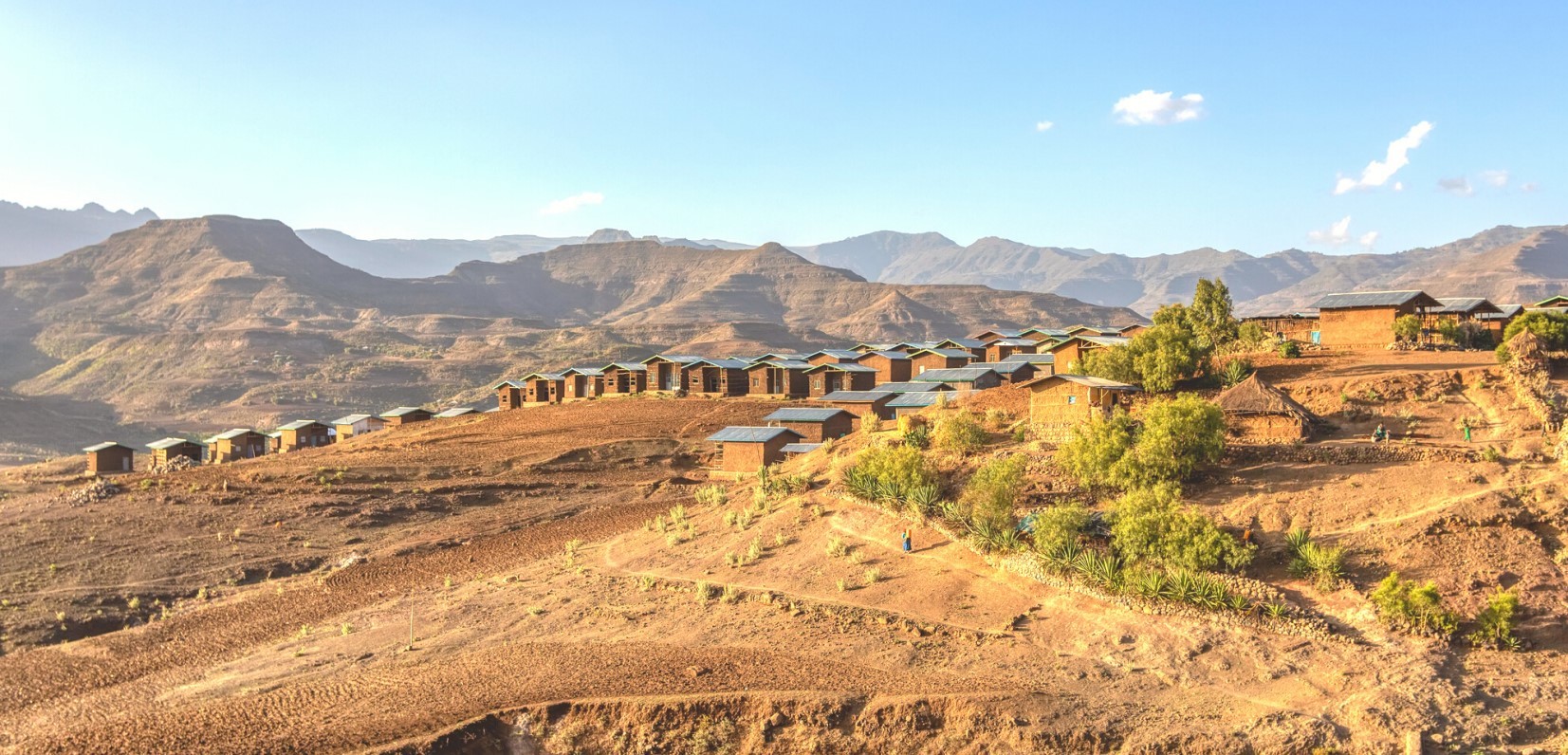VIDA: Supporting access to electricity in Sierra Leone

Village Data Analytics (VIDA)
Village Data Analytics (VIDA) is a German-based SME created by two professionals with the aim of facilitating electrification in rural areas.
VIDA provides a software that yields information and management tools to governments, development organisations, investors, banks, companies, and NGOs on off-the-grid communities in remote areas.
The challenge
Sierra Leone is one of the world’s poorest countries, where only 23% of the population has access to electricity, which is below the sub-Saharan average of 30%. This hinders modern education and healthcare, job creation, competitiveness, and poverty reduction.
The lack of information on electrification is one of the main challenges for decision-makers to correctly plan electrification, especially in rural areas.
In January 2021, the World Bank approved a $50 million grant from the International Development Association (IDA) to improve access to electricity in Sierra Leone and enhance institutional capacity and commercial management of the sector.
The “Enhancing Sierra Leone Energy Access” project aims at helping the country’s economic recovery after the COVID-19 pandemic by providing access to low-cost electricity to households, businesses, health clinics and schools.
Within this framework, the creators of VIDA wanted to provide off-grid energy planners with information on where to extend the energy grid, also using mini-grids and solar-home systems.
The satellite solution
VIDA is a machine learning-based software that analyses satellite imagery, publicly available geospatial data, on ground survey data, and energy modelling to identify and characterise rural villages.
To visualise such information on maps, VIDA relies on Copernicus Sentinel-1 and Sentinel-2 images, as well as products derived from nightlight and very high-resolution imageries, and publicly available GIS data such as Open Street Maps (OSM) road data.
Earth Observation imageries are analysed by VIDA to obtain standardised data about villages at the individual household level, such as their position, their distance from the energy grid, the presence of roads and infrastructure, of cultivated fields, and the environmental features of the surrounding areas.
Such data are coupled with ground data on villages’ demographic, topographic, agricultural, and socio-economic features that are obtained from public authorities, existing databases, and surveys.
The results
The interactive map available on VIDA allows the government and stakeholders to pick relevant information from large amounts of data that can effectively support the electrification process at the local level.
In Sierra Leone, more than 500 villages were analysed with VIDA. The software delivered a long list of villages suitable for mini-grid development that could be presented to stakeholders. The settlements are sorted according to building connection count and settlement density, grid proximity, and infrastructure data, such as road access, proximity to a school or a hospital.
The use of the VIDA software and analysis helped unlock a $20 0m credit for electrification and will contribute to the electrification of over 500 new mini grids in the country.
“The Government of Sierra Leone can now accurately position the electricity grid and the villages, estimate their energy demand, and decide on how to best electrify them”. Tobias Engelmeier, founder of VIDA.
